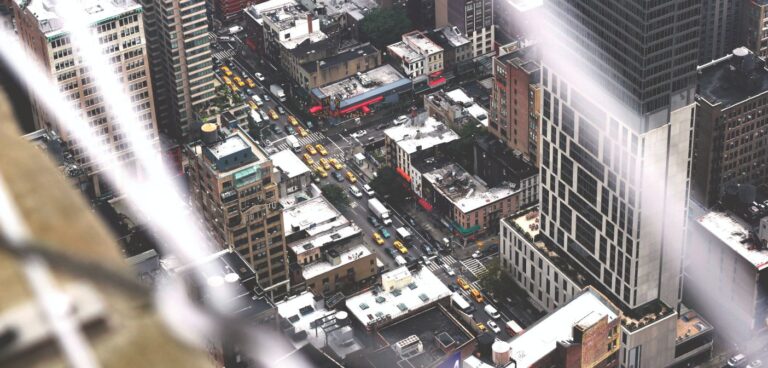An agreement to commence an environmental assessment that will jump-start the public outreach process for New York City’s proposed central business district tolling programme, has been announced the Metropolitan Transportation Authority, New York State Department of Transportation and New York City Department of Transportation.
New York City’s central business district tolling programme was authorised by the US state in April 2019 and modelled on urban congestion pricing programmes around the world to reduce traffic congestion and raise revenue to improve public transportation.
If approved by the US Department of Transportation’s Federal Highway Administration (FHWA), the central business district tolling programme would be the first such programme in the USA.
Under the plan, which was developed with the FHWA, the environmental assessment is scheduled to take 16 months and include more than 20 public meetings and outreach to Environmental Justice communities in relevant areas of New York, New Jersey and Connecticut.
The project partners will create an environmental assessment document analysing the impact of central business district tolling on traffic congestion, transit, air quality and numerous other environmental indicators in 28 counties across New York, New Jersey and Connecticut. The study area contains 22 million people, including 12.3 million residents residing in environmental justice communities, and five tribal nations.
The environmental assessment will make use of nearly a dozen different models and data sets to assess impacts to traffic and public transportation for a regional transportation network with 28.8 million journeys per average weekday, 61,000 highway linkage points, 4,600 traffic analysis zones, 44,267 bus stops or transit stations, 4,170 transit routes, and more than a dozen public transportation providers.
New York City Department of Transportation commissioner Hank Gutman said: “We are delighted that the environmental review process for CBD tolling has started. Getting congestion pricing in place quickly is essential for the city’s recovery from the pandemic, as it will help get New Yorkers out of their cars and onto sustainable modes like transit and biking, as well as provide essential funding to modernise and expand our rail and bus systems.”





